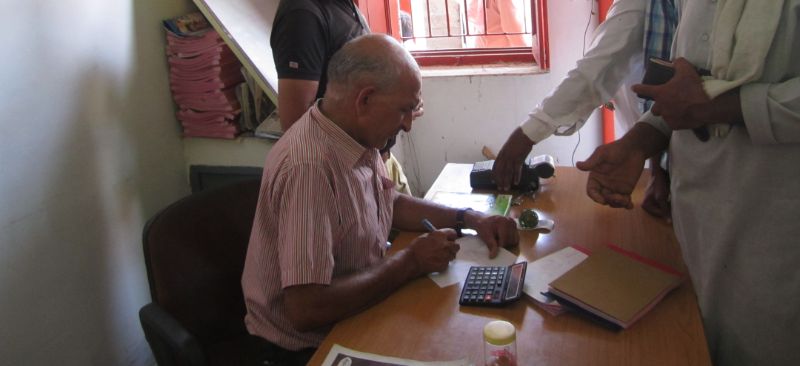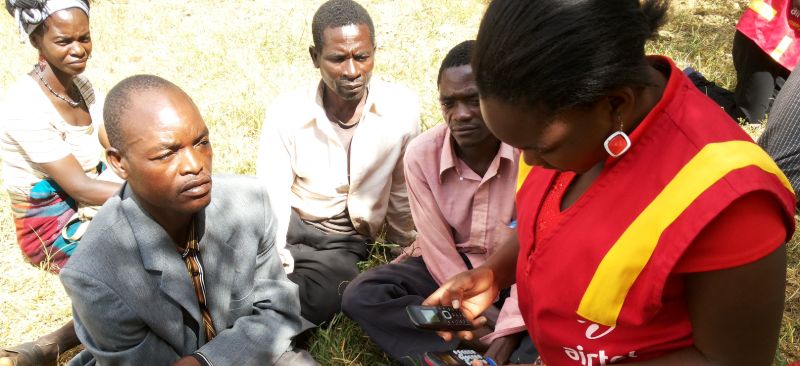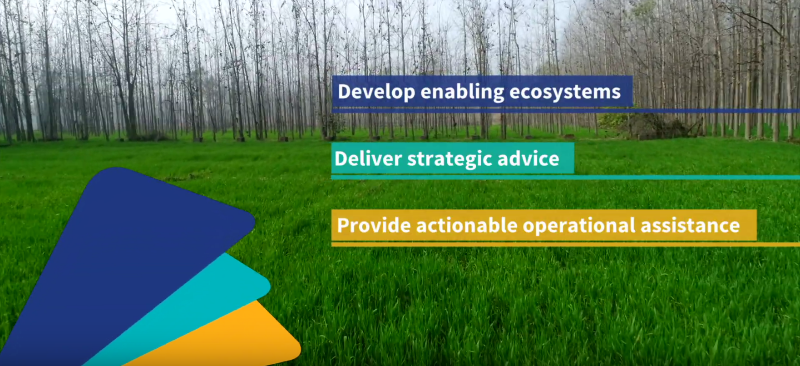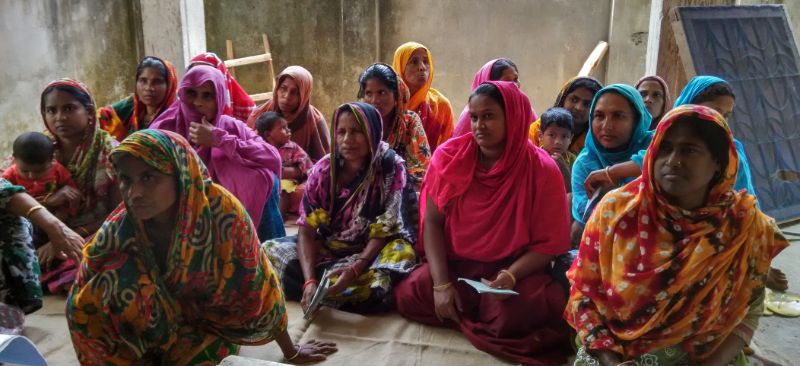MSC’s strong field team and our analytical approach in making evidence-based policy have been able to shape and expand the horizon of policymakers. Our expertise feeds into how policymakers can frame policies towards better financial inclusion in the context of digital governance for the larger benefit of beneficiaries in the country. Anit Mukherjee, policy fellow at the Center for Global Development, expands upon this idea in this video.
Blog
Making digital credit truly responsible
This video gives a brief highlight of what we have learned so far about digital credit in Kenya over the last 7 years.
Becoming MSC: A brand new look
At MicroSave, we continue to solve problems related to social, financial, and economic exclusion around the world. The changing nature of the markets we work in and the opportunities provided by the digital age have encouraged us to reinvent ourselves. As MSC (MicroSave Consulting), we now feature a fresh new brand mark that reflects our commitment and expertise better. The brand mark—the “rays”—depicts our mission to develop enabling ecosystems, give strategic advice, and provide actionable operational assistance. See the full story in the video.
From MicroSave to MSC: A journey of 20 years
For over two decades, MSC has been at the forefront of financial inclusion advisory for a range of clients. We are experts in SMEs, digital identity, sustainable agriculture, WASH, youth, skills, gender, education, and refugees, among other areas. We work with microfinance institutions, banks, leading mobile network operations, policymakers, regulators across Asia and Africa, alongside donor agencies globally.
We helped transform Equity Building Society into a multinational digital bank. We sat at the steering committee for Safaricom in Kenya and worked on the initial pilot testing for the hugely popular M-Pesa service. In India, we continue to work with the Indian government to realize its government-to-people payments and financial inclusion strategy that touches the lives of 700 million-plus people. See the full story in the video.
Digital transformation of MFIs in Bangladesh
UNCDF’s Landscape Assessment of Retail Micro-Merchants in Bangladesh has shown that retail micro-merchants require access to financial services and credit in particular. Their need for financial services is high, and microfinance institutions are well placed to meet the growing credit needs of micro-merchants. These micro-merchants borrow predominately from microfinance institutions. With the introduction of digital technologies, microfinance institutions have a new opportunity to expand financial services further to micro-merchants by embracing digital and mobile technologies in their operations. In this context, UNCDF SHIFT commissioned MSC to conduct a study on the status of digitization in the microfinance sector in Bangladesh.
In the course of the research, we identified that while most MFIs use a loan management system, only a handful of MFIs have taken steps to digitize transactions. There are very few of these initiatives at pilot stages. Only three of the 16 surveyed MFIs have rolled out pilot tests to use the digital field application for loan origination. In conclusion, MFIs are on a digital journey but are yet to explore many more emerging technologies that would bring process efficiency and also increase the uptake of the products offered.
Keeping the micro-merchant market segment in mind, this report answers the questions of how and why microfinance institutions should make a switch to digital technologies to meet their customers’ needs better.
Digital transformation of MFIs in Bangladesh opportunities, challenges and way forward
UNCDF’s Landscape Assessment of Retail Micro-Merchants in Bangladesh has shown that retail micro-merchants require access to financial services and credit in particular. Their need for financial services is high, and microfinance institutions are well placed to meet the growing credit needs of micro-merchants. These micro-merchants borrow predominately from microfinance institutions. With the introduction of digital technologies, microfinance institutions have a new opportunity to expand financial services further to micro-merchants by embracing digital and mobile technologies in their operations. In this context, UNCDF SHIFT commissioned MSC to conduct a study on the status of digitization in the microfinance sector in Bangladesh.
In the course of the research, we identified that while most MFIs use a loan management system, only a handful of MFIs have taken steps to digitize transactions. There are very few of these initiatives at pilot stages. Only three of the 16 surveyed MFIs have rolled out pilot tests to use the digital field application for loan origination. In conclusion, MFIs are on a digital journey but are yet to explore many more emerging technologies that would bring process efficiency and also increase the uptake of the products offered.
Keeping the micro-merchant market segment in mind, this report answers the questions of how and why microfinance institutions should make a switch to digital technologies to meet their customers’ needs better.





